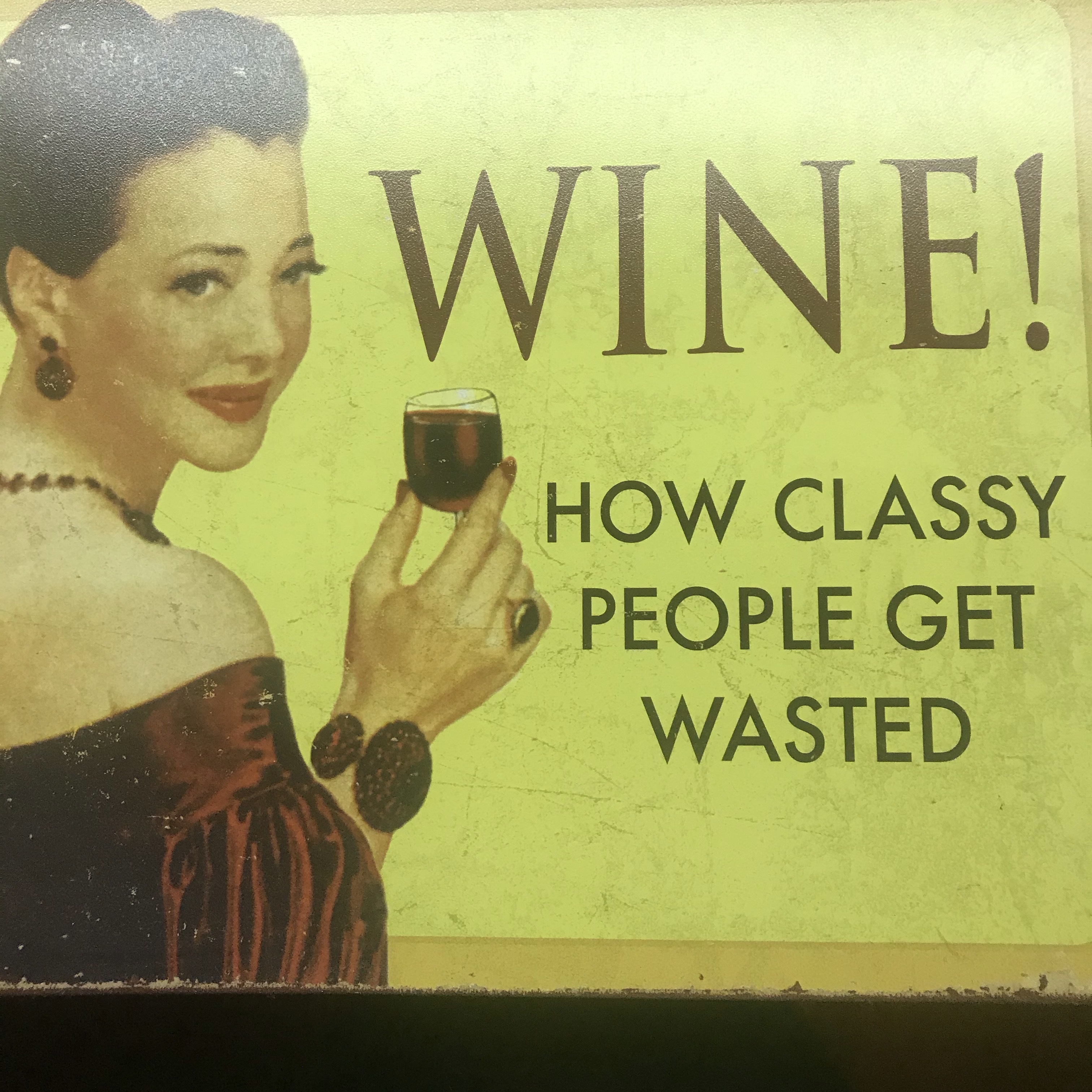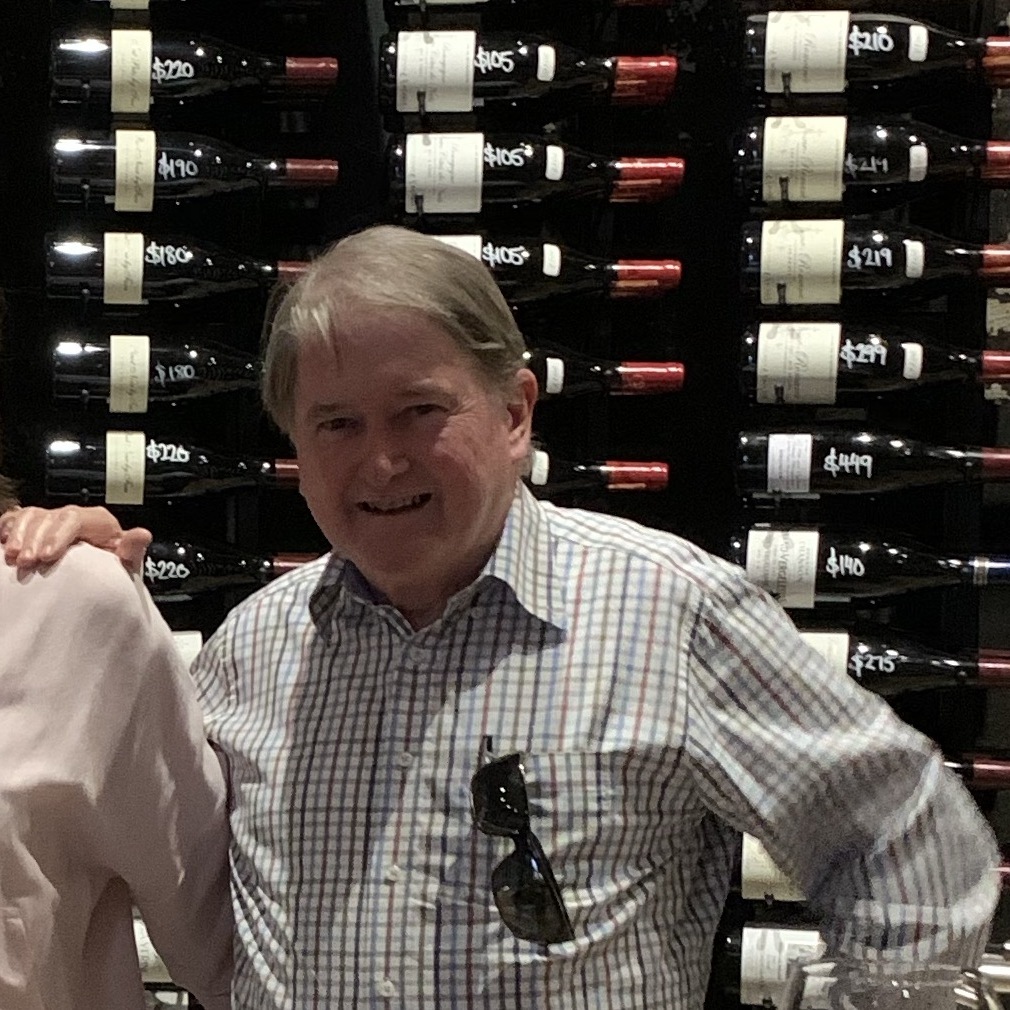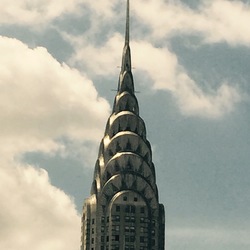Young & Wyse Collection
Fraser Gallop
Parterre Chardonnay 2018

Osawa Wines
Prestige Collection Pinot Noir 2017
Thought this blind was an aged red burg, so colour me surprised when it was revealed to be a young NZ pinot. Clearly a little more developed than it should be (colour and aromas), but credit where credit’s due, this was quite elegant. Even after the reveal I could not detect that marmalade finish I find so often in NZ pinot’s. This was all red cherries and ripe strawberries, with savoury spices and earthy notes. Perhaps the quality of the oak, which left much to be desired, and rich velvety texture were the only indications of it’s origin. Finished a touch short. There were wines with more intrigue on the table so I didn’t drink much of it, but it definitely wasn’t a bad drop. One to revisit. — 4 years ago
Krug
Krug Collection Brut Champagne Blend 2008
Probably a hint young but drinking beautifully. — 2 years ago
Domaine Weinbach
Altenbourg Pinot Gris 2009
Sorn. Rich, ripe fruit nose. Beautiful dark golden colour. Medium sweet, textured, complex.
The Fallers’ 2009 Pinot Gris Altenbourg (from lower-lying, non-grand cru parts of that site) introduces a sense of primary juiciness and buoyancy relative to its Saint Catherine counterpart, with only a bit over 14% alcohol and prominent residual sugar. Overripe peach, musk, black truffle, and orange are the prominent elements of this decadently rich, satisfyingly long Pinot Gris likely to be best drunk over the next 3-5 years. (No Cuvee Laurence was produced from this vintage.)
Both 2008 and 2009 were clearly challenging at Domaine Weinbach, many of their wines from the latter illustrating that vintage’s weaknesses. (Catherine and Collette Faller elected not to present me their – admittedly, at the time not yet officially approved – 2009 vintage V.T. and S.G.N. bottlings.) Harvesting at this estate is generally on the late side and in this instance continued until October 20, which I hypothesized while tasting might have been a bit too late for such nearly uniformly ripeness as seems to have prevailed by late September of 2009. The first vintage from this estate that I tasted as young wine was 1979 (‘though I did not visit until 1984), so I’ve experienced a full range of collections from cool, late growing seasons such as have nowadays become scarce; but only from a couple of genuinely ripeness-deficient vintages of the 1980s, and then again from 1996, can I recall acid levels as prominent as those harbored by the Weinbach 2008s, and this has rendered some of them youthfully severe or nervous, though one hopes and indeed expects that the best will calm down, round out, and harmonize over time, without losing their vivacity, focus, and in some instances power. Don’t be misled by the scores I have assigned to this 2008 collection: really, a question mark hangs over them all because it’s how these wines respond to bottle age which will determine the verdict that matters. A look at the 1996s provides some tantalizing clues but little confidence. Some 1996s have evolved beautifully, while others seem caught in a time warp, their agitated, faintly aggravating adolescent Sturm und Drang almost unseemly for their age. With all this in mind I recently revisited a bottle of 1981 Weinbach Gewurztraminer V.T. – a wine whose residual sugar was lower than that of most non-V.T. Gewurz at this address today, and whose acidity in youth was formidable – and that wine was spectacular. And as you’ll see from my notes, Gewurztraminer is the most likely candidate for stardom in the 2008 Weinbach collection. (For considerable detail on the slope origins of the many Weinbach cuvees, consult my reports in issues 188 and 175.) I can’t resist noting that suggested retail prices for the most recent releases are little more than half what I was being quoted as recently as three vintages ago, making the best of the current crop especially worthy of wine lovers’ attention, even though neither 2008 nor 2009 is among this illustrious domaine’s most consistently successful collections.
— 3 years ago
Guy Charlemagne
Brut Réserve Blanc de Blancs Grand Cru Champagne Chardonnay
A lot of development, riper and with more autolytic, hazelnut-leesy character than you usually find in a young BdB. Could be the 375? Fresh baked bread. Green apple. Decadent. Savoring the dregs of my WSETDip D4 study collection and celebrating the end (at least temporarily) of cramming. Paired with a skillet of baked cheese. — 5 years ago
Bouchaine
Bacchus Collection Estate Vineyard Pinot Meunier 2018
Have not had 100% Pinot Meunier that was not from Champagne and in bubble form. This is from Napa/Carneros.
Still young and would prefer to have this in 3-5 yrs.
The palate is dark fruits. Not quite Santa Rita Hills extraction but more than most Northern California.
It is still a bit angular. Blackberries, black raspberries, black plum w/ heavy skin, dark cherries, plum and some poached strawberries. Grainy limestone, dry stone, dark top soil, lots dark spice, cinnamon stick, clove, nutmeg, some pepper, dry tobacco, new leather, grilled meats, dry tumble weed, dry, red, dark flowers with violets, fresh acidity and a balanced, highly structured/tensioned, polished finish that lasts 90 seconds.
Many would call CDP on this blind. — 2 years ago

The Winemakers' Collection
Cuvée No. 2 Denis Dubourdieu Haut-Médoc Red Bordeaux Blend
Thanksgiving dinner with London Lees Grafs. Tasting with the married young Grafs for future wedding dinner wine! Approved! — 3 years ago
Neethlingshof Estate
Short Story Collection The Owl Post Stellenbosch Pinotage 2016
This pinotage is still young and will mature well over 10 years, it’s soft subtle raspberry nose leaving a delicate mocha on the palate. — 4 years ago










Bob McDonald
I unwisely drank my collection too young. This was my last of 3 bottles. Some citric tang on the nose and palate. A touch of stone fruit with notes of nectarine. Certainly has the power and acid drive to go on into the 2030s. Excellent value. Neighbours of the big gun Chardonnays like Cullen Vasse Felix and Pierro without their price tags. — 4 months ago